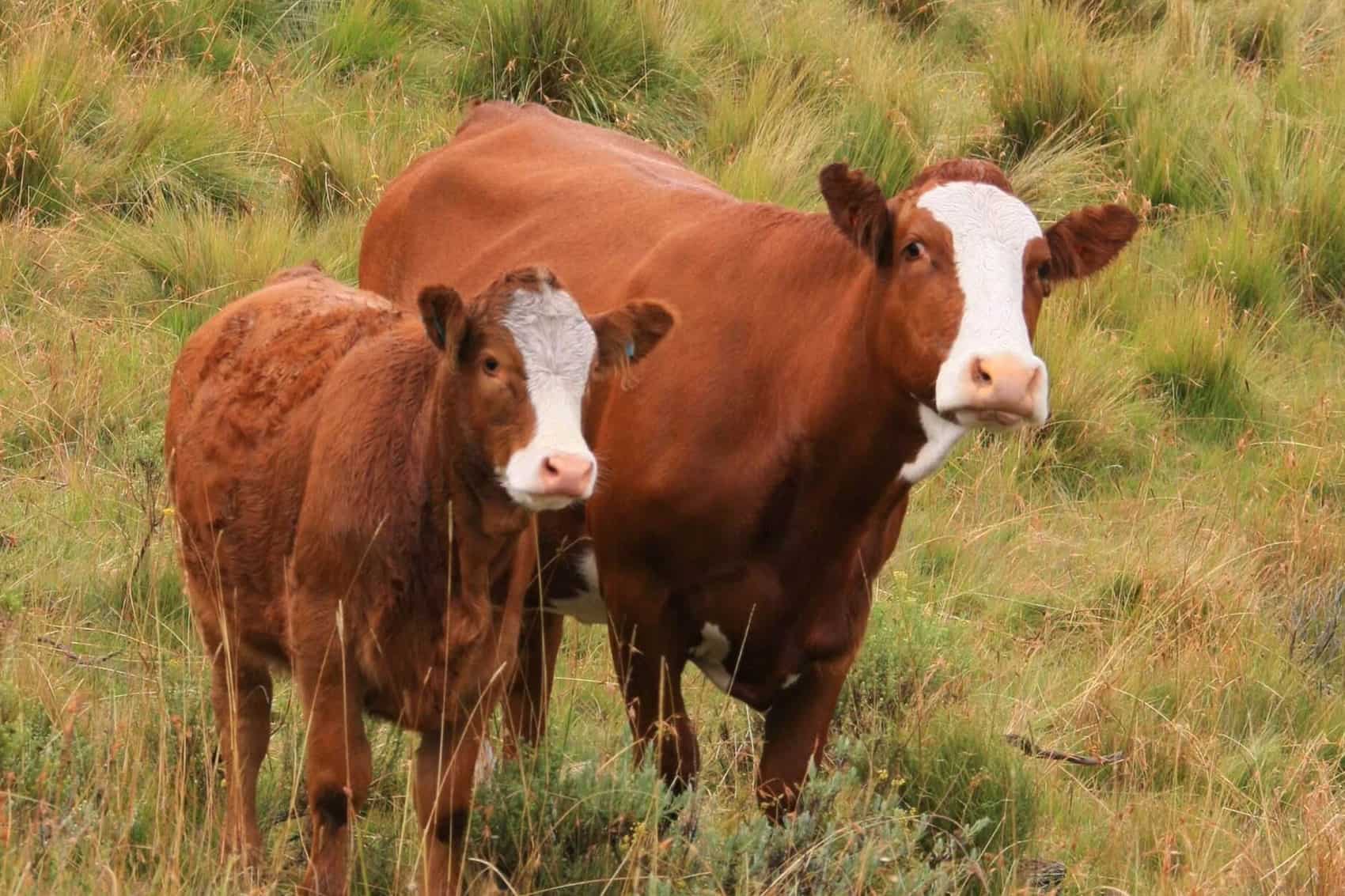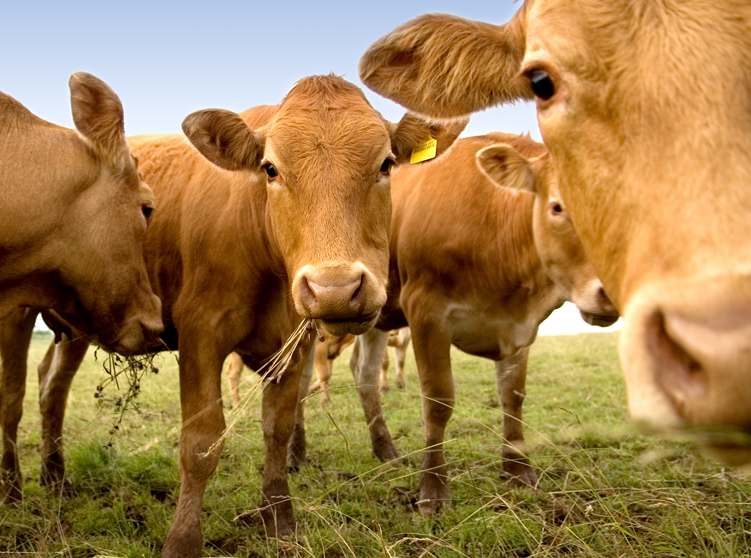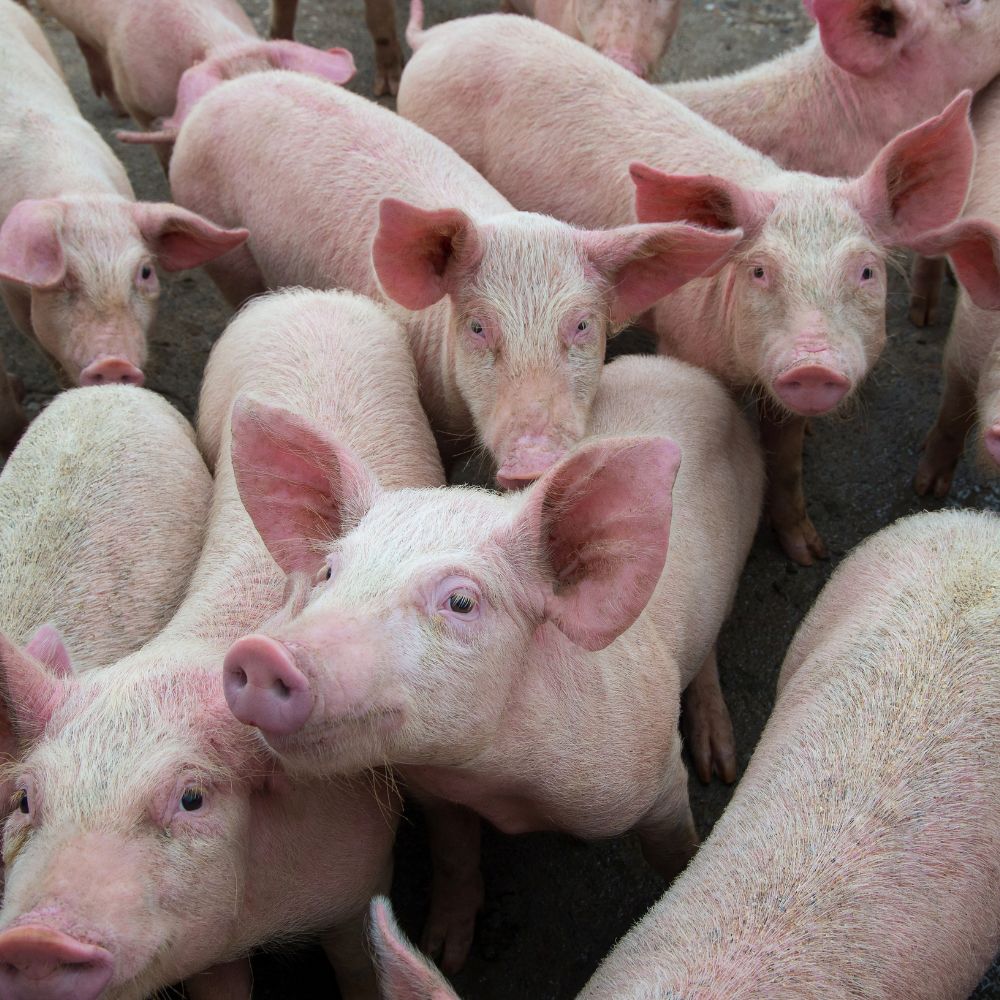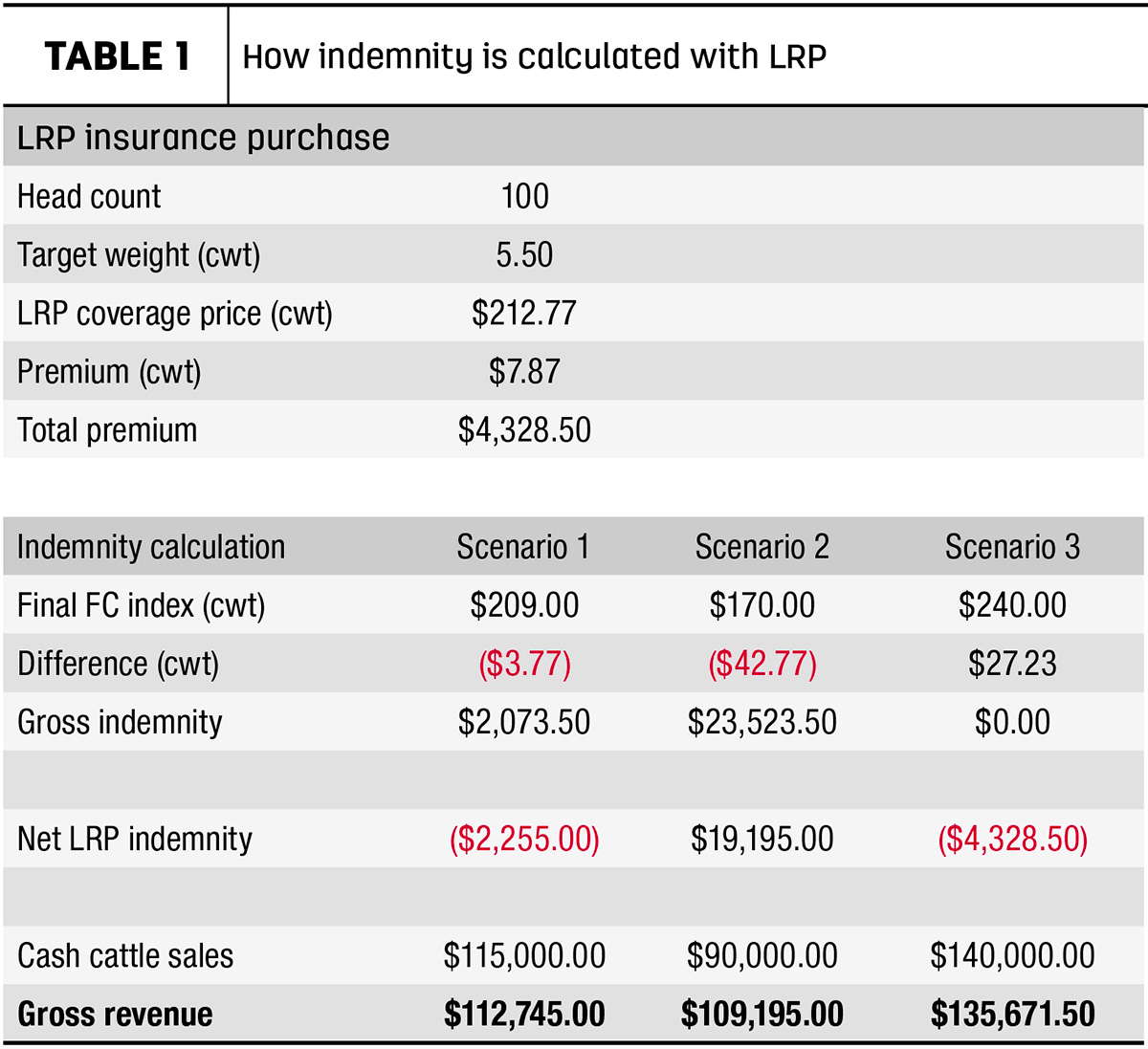Understanding Livestock Threat Protection (LRP) Insurance Policy: A Comprehensive Guide
Navigating the world of animals threat defense (LRP) insurance coverage can be an intricate undertaking for several in the agricultural sector. From exactly how LRP insurance operates to the different protection choices readily available, there is much to reveal in this thorough guide that could possibly form the way animals producers approach danger monitoring in their companies.

Just How LRP Insurance Policy Functions
Sometimes, recognizing the mechanics of Livestock Threat Protection (LRP) insurance policy can be complex, but damaging down exactly how it works can give quality for farmers and breeders. LRP insurance coverage is a danger administration device developed to protect animals manufacturers versus unforeseen price decreases. It's vital to note that LRP insurance is not an income assurance; instead, it concentrates exclusively on cost risk security.
Eligibility and Protection Options

When it comes to coverage options, LRP insurance policy offers producers the versatility to select the coverage degree, protection period, and recommendations that ideal match their risk monitoring requirements. By recognizing the qualification standards and insurance coverage choices offered, animals producers can make educated choices to manage danger successfully.
Advantages And Disadvantages of LRP Insurance Policy
When evaluating Livestock Danger Security (LRP) insurance, it is important for livestock manufacturers to consider the disadvantages and benefits intrinsic in this risk management device.

One of the primary benefits of LRP insurance is its capacity to provide security versus a decline in animals rates. In addition, LRP insurance policy uses a degree of adaptability, permitting manufacturers to personalize insurance coverage degrees and policy periods to match their specific needs.
One restriction of LRP insurance is that it does not secure against all kinds of dangers, such as illness episodes or all-natural calamities. It is essential for producers to very carefully evaluate their specific danger exposure and economic situation to figure out if LRP insurance is the best threat monitoring device for their operation.
Understanding LRP Insurance Policy Premiums

Tips for Making Best Use Of LRP Conveniences
Maximizing the advantages of Livestock Risk Defense (LRP) insurance needs strategic preparation and aggressive risk management - Bagley Risk Management. To take advantage of your LRP insurance coverage, consider the complying with tips:
Consistently Evaluate Market Conditions: Remain notified concerning market patterns and rate these details changes in the animals market. By keeping track of these variables, you can make informed choices about when to purchase LRP coverage to navigate to this website safeguard against potential losses.
Establish Realistic Coverage Levels: When choosing insurance coverage levels, consider your manufacturing costs, market value of livestock, and potential threats - Bagley Risk Management. Setting realistic protection levels guarantees that you are adequately shielded without overpaying for unneeded insurance coverage
Expand Your Insurance Coverage: Rather than relying only on LRP insurance coverage, consider diversifying your danger administration approaches. Combining LRP with other risk management devices such as futures agreements or alternatives can give thorough coverage versus market unpredictabilities.
Evaluation and Readjust Insurance Coverage Frequently: As market conditions change, periodically review your LRP coverage to guarantee it straightens with your current danger exposure. Adjusting coverage degrees and timing of acquisitions can aid maximize your danger protection approach. By complying with these pointers, you can maximize the benefits of LRP insurance and guard your animals procedure against unpredicted dangers.
Verdict
To conclude, animals threat defense (LRP) insurance is an important tool for farmers to take care of the economic threats related to their animals procedures. By comprehending just how LRP functions, eligibility and insurance coverage choices, in addition to the advantages and disadvantages of this insurance coverage, farmers can make enlightened decisions to secure their resources. By thoroughly thinking about LRP premiums and applying techniques to take full advantage of benefits, farmers can minimize prospective losses and make certain the sustainability of their procedures.
Livestock manufacturers interested in obtaining Livestock Danger Security (LRP) insurance coverage can discover an array of qualification requirements and insurance coverage alternatives customized to their details animals operations.When it comes to insurance coverage alternatives, LRP insurance policy uses producers the flexibility to pick the protection degree, protection period, and endorsements that best suit their danger management demands.To understand the details of Livestock Threat Security (LRP) insurance policy read what he said totally, recognizing the factors affecting LRP insurance costs is critical. LRP insurance coverage premiums are established by various elements, including the coverage level selected, the anticipated price of animals at the end of the coverage duration, the type of animals being guaranteed, and the size of the insurance coverage duration.Testimonial and Change Insurance Coverage Consistently: As market problems change, occasionally examine your LRP coverage to guarantee it aligns with your present danger direct exposure.